15 Best Mega Man Games
Whether you want to revisit your favorite Mega Man games or dive in for the first time, here's where to start.
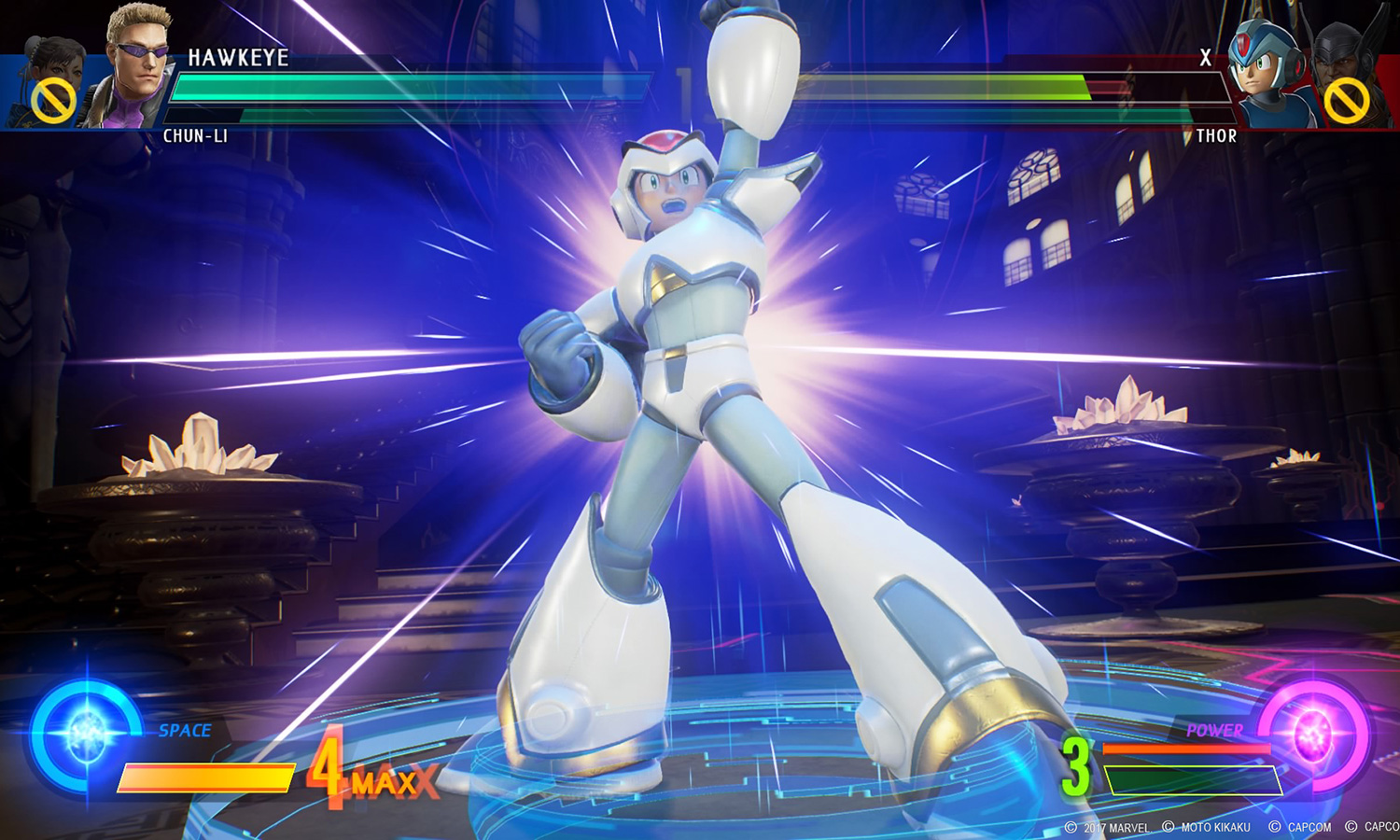
The Best of the Blue Bomber
After a seven-year hiatus, Mega Man is back! Capcom recently announced Mega Man 11, which will bring the Blue Bomber back to game consoles everywhere in late 2018. If you simply can't wait that long, though, there are 30 years' worth of excellent Mega Man games to tide you over until then. From Mega Man's classic days as a side-scrolling run-and-gun hero to his more recent forays into crossover fighting games, it's easy to see why the plucky little robot has become one of gaming's most beloved characters. Whether you want to revisit your favorites or dive in for the first time, here's where to start.Credit: Capcom
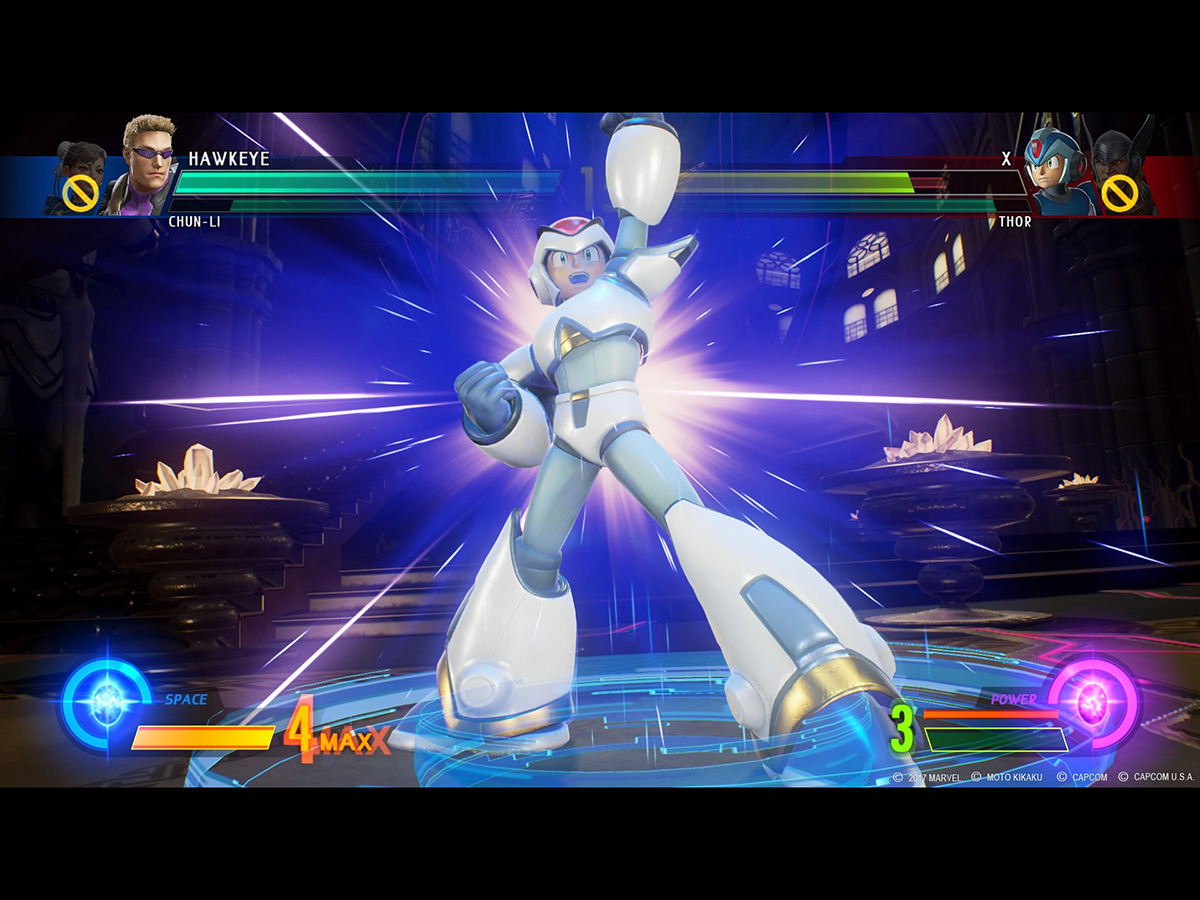
Marvel vs. Capcom: Infinite (2017; PC,PS4, Xbox One)
There hasn't been a new Mega Man X game since 2004, but at least Marvel vs. Capcom: Infinite gave us a new Mega Man X story. Mega Man baddie Sigma and Avengers antagonist Ultron merge into a single malevolent life-form, leaving the heroes (and other villains) of the Marvel and Capcom universes to stop it with punches, kicks and flashy supermoves. This fighting game features Mega Man X and Zero, of course, but you can also try your luck as Spider-Man, Ryu, Captain America, Frank West and a whole host of other beloved characters.
Credit: Capcom
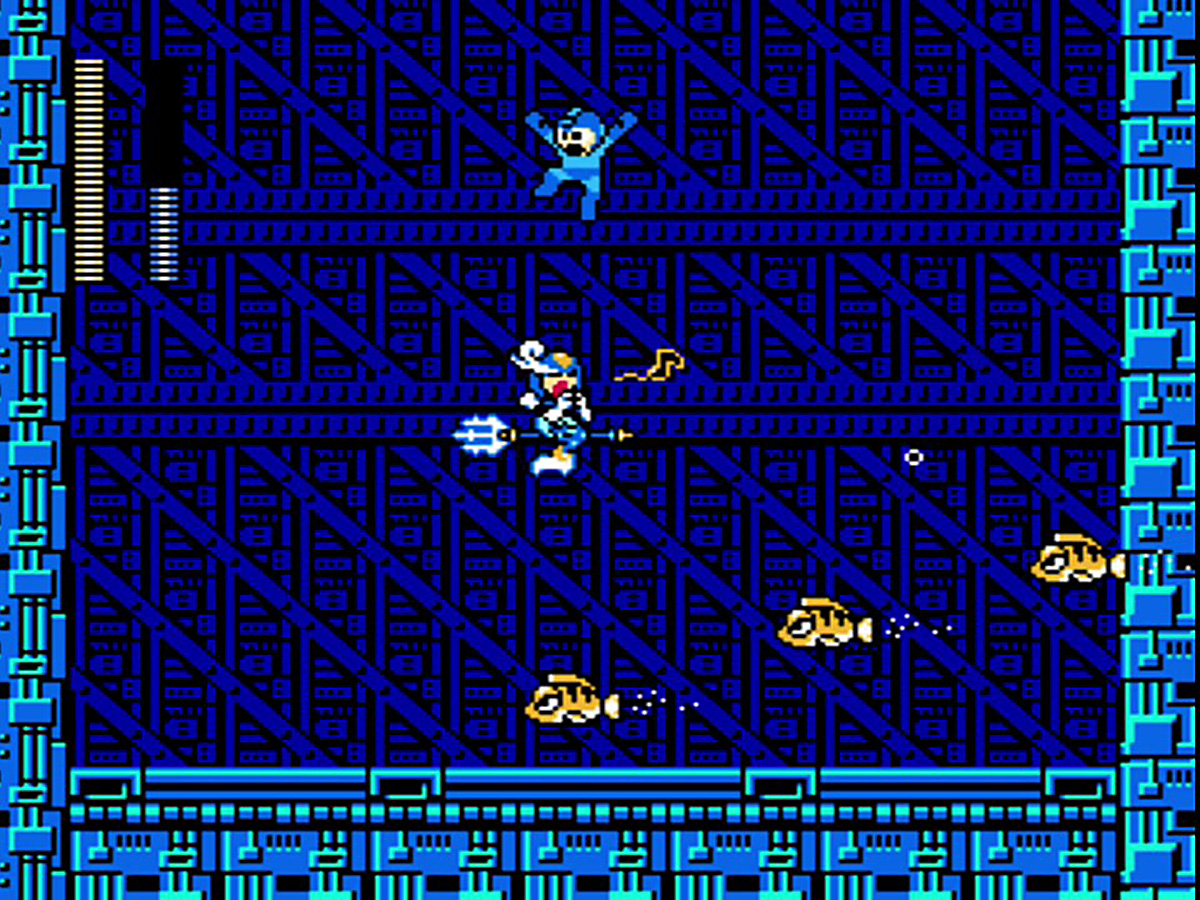
Mega Man 9 (2008; Xbox 360, PS3)
Mega Man 8 came out in 1996, and it was OK but not good enough to revive an ailing series. Twelve years later, Capcom decided to try again with Mega Man 9. This throwback platformer used 8-bit graphics and chiptune music to re-create an NES-style Mega Man game, and fans adored the results. They knew there'd be colorful stages, tight gameplay and memorable tunes; what they didn't expect was that the game would also introduce the very first female Robot Master: Splash Woman. Mega Man 9 not only satisfied old-school gamers of every stripe but also made gamers realize that Mega Man was still very much a viable gaming hero.
Credit: Capcom
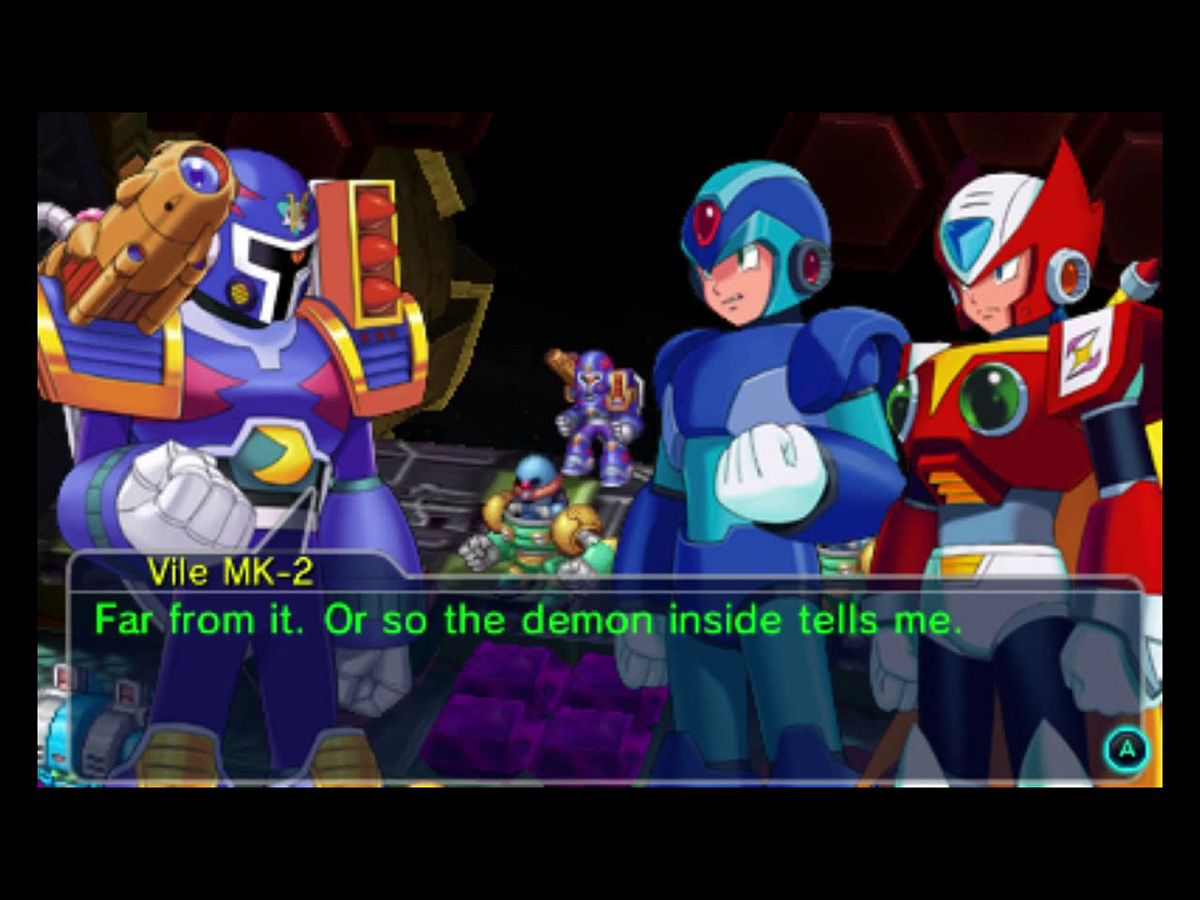
Project X Zone 2 (2015; 3DS)
The original Project X Zone was a novel experiment: a strategy/role-playing game in which you controlled beloved characters from Capcom, Namco and Sega in a truly bizarre mash-up story. The sequel improves on the original, streamlining the missions and providing a little more depth for the battle system. Mega Man X and Zero show up as playable characters, facing off against Sigma, who's up to his usual villainous tricks. While the game favors tactical thinking over twitch-based action gameplay, fans will get a kick out of seeing X and Zero interact with Phoenix Wright, Chun-Li, Chris Redfield, KOS-MOS and other fan-favorite characters.
Credit: Bandai
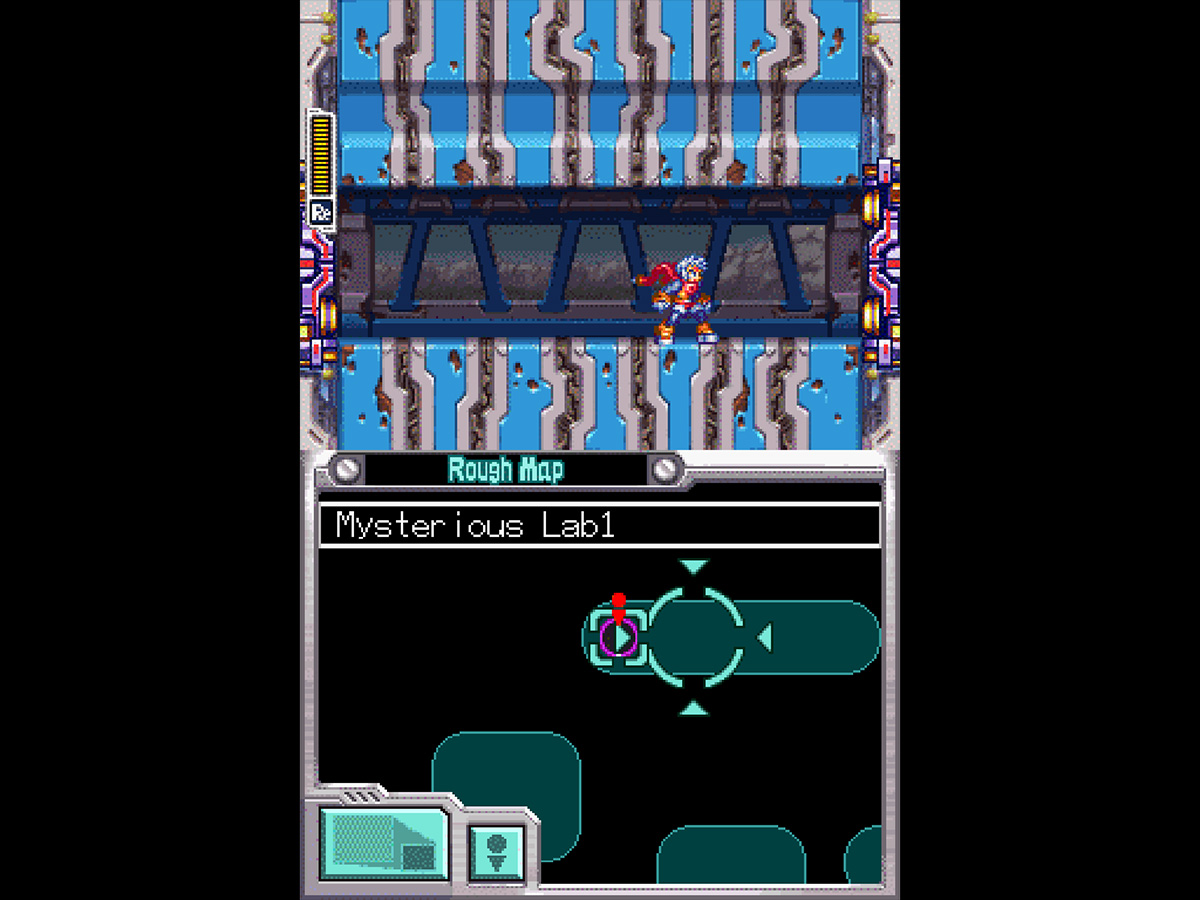
Mega Man ZX Advent (2007; DS)
How do you take the classic Mega Man formula and make it even better? Make it into a Metroidvania, of course! Mega Man ZX Advent starred Grey and Ashe, two young adventurers who take control of a mysterious robotic symbiote called Model A. Like the Mega Men of yore, they can copy enemy abilities; unlike their predecessors, they can freely explore a huge, connected world that opens up as they learn new platforming abilities. WIth strong connections to the Mega Man X and Mega Man Zero series, ZX Advent's only real weakness is that it never got a much-needed sequel.
Credit: Capcom
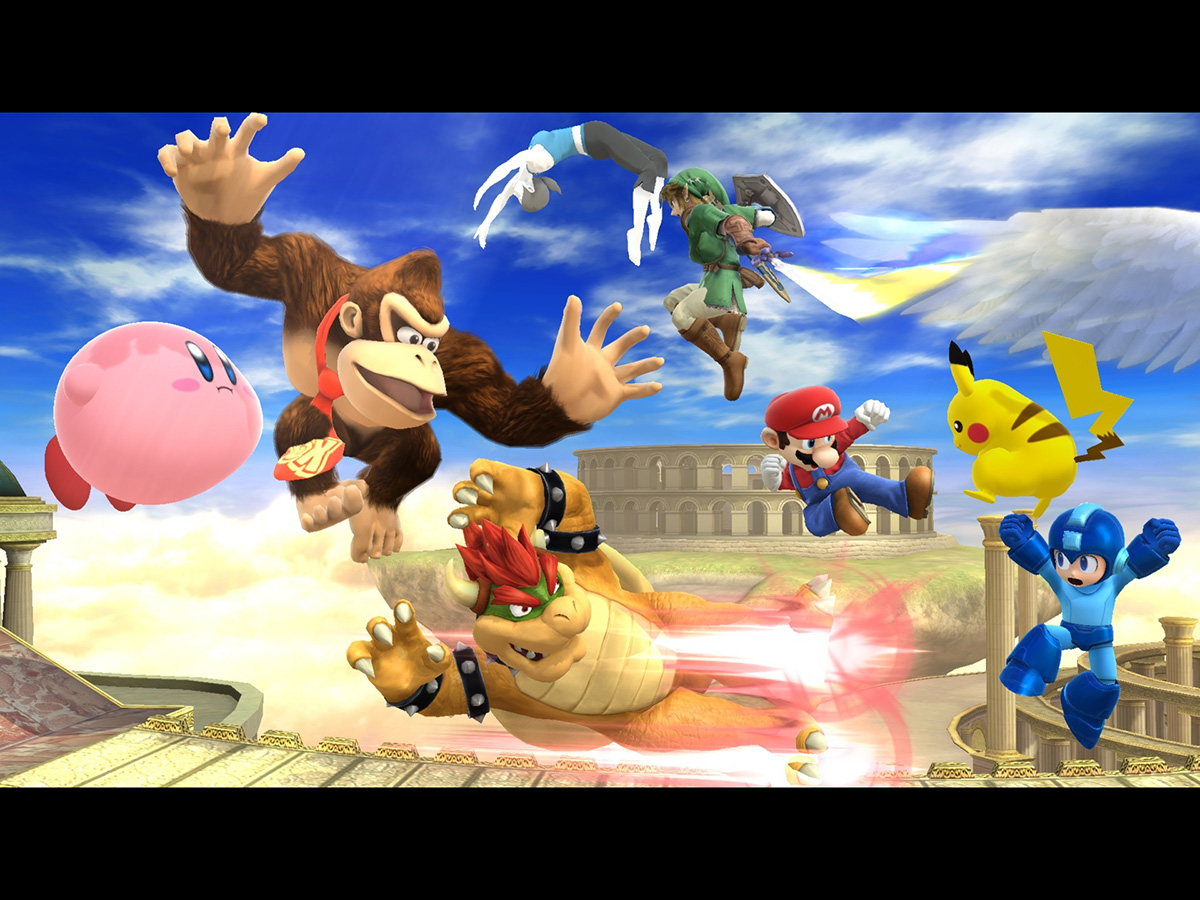
Super Smash Bros. (2014; Wii U)
Remember when Super Smash Bros. was just 12 Nintendo characters competing in a handful of stages? That seems almost quaint now. Between guest characters like Solid Snake, Sonic the Hedgehog, Cloud Strife and Bayonetta, Super Smash Bros. is — if you'll pardon the pun — a free-for-all. Mega Man joined the cast for the Wii U iteration of the series, and it was one of his most fun outings in years. Mega Man can hold his own against the best Nintendo characters out there, thanks to his quick movements, small profile and excellent ranged attacks.
Credit: Nintendo
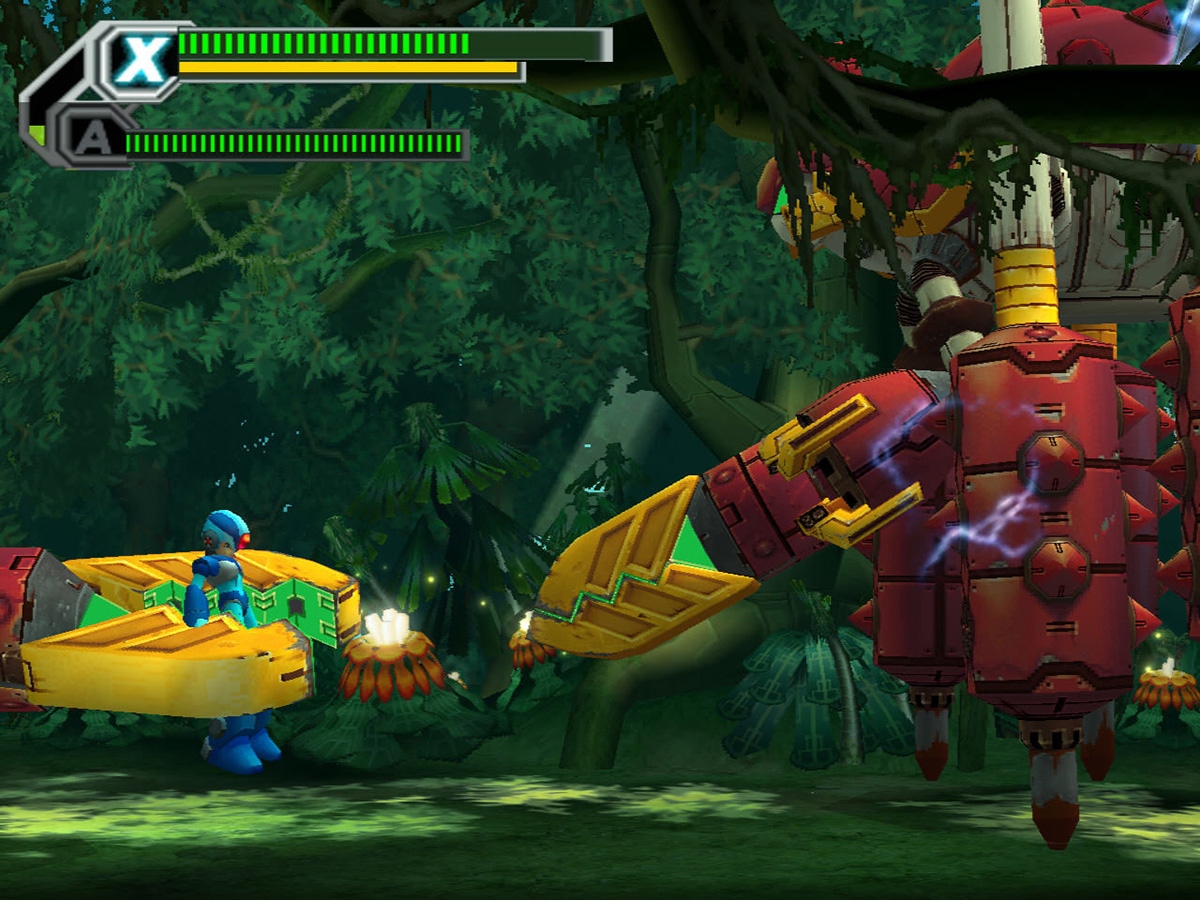
Mega Man X8 (2004, PS2)
Mega Man X7 was, to put it charitably, a disaster. How could Mega Man X8 fix things? By taking the formula back to basics and leaning into the franchise's campy charm, of course. Mega Man X8 is a gorgeous 2.5D side-scroller with lots of varied enemies to fight, hidden secrets to find and upgrades to collect. When Sigma threatens the world — yet again — X, Zero and their new sidekick Axl work together to combat the threat. Full of unexpected plot twists, strong continuity with previous games and a handful of intriguing new characters, Mega Man X8 is almost as good as the series gets.
Credit: Capcom
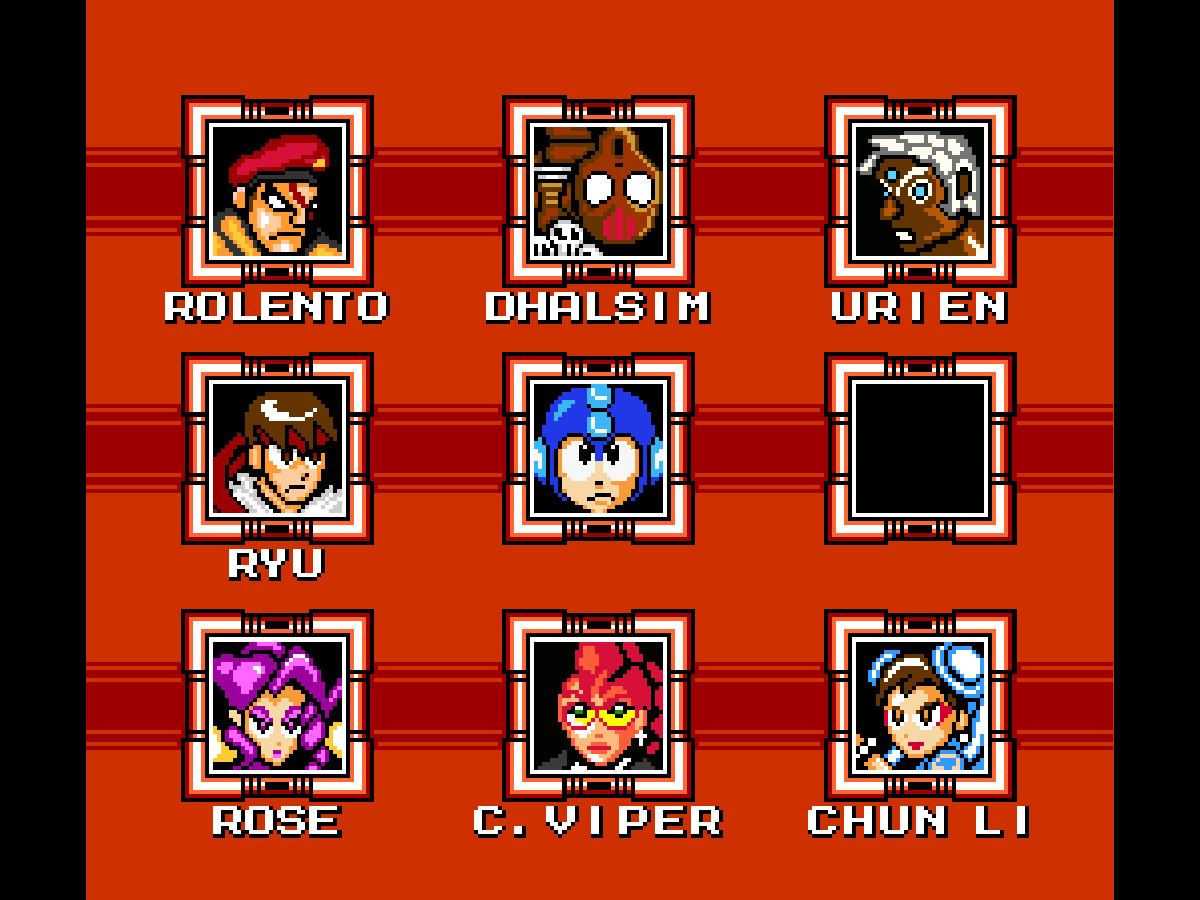
Street Fighter X Mega Man (2012; PC)
Fan-made Mega Man games are common enough, but how often do you find a fan game so good that it gets an official release? Street Fighter X Mega Man is exactly what it sounds like, pitting Mega Man against the cast of Street Fighter instead of the usual Robot Masters. The story — which involves the characters fighting over which franchise has the best anniversary celebration — is as agreeably silly as you'd expect. The gameplay, however, is classic Mega Man, full of platforming, charged shots and new-ability learning from the colorful bosses.
Credit: Capcom
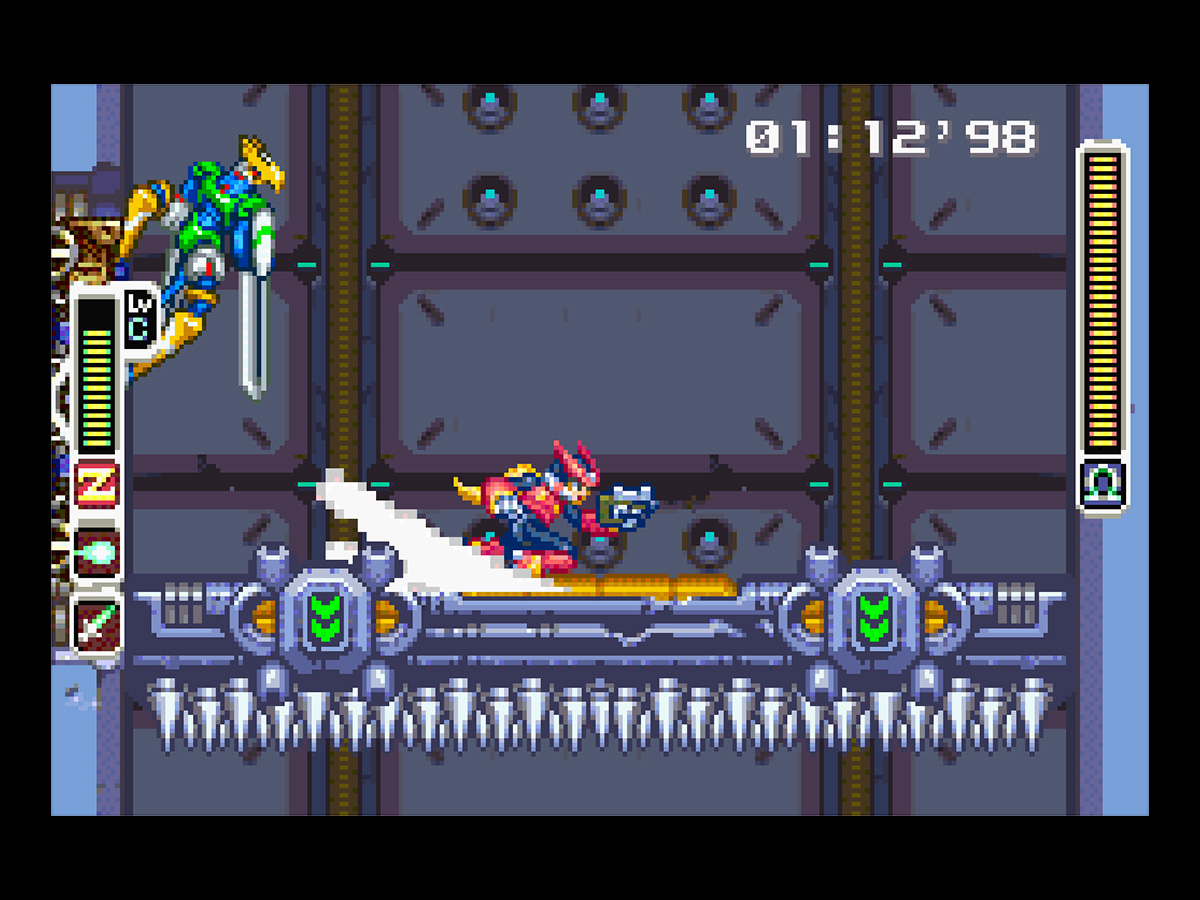
Mega Man Zero (2002; GBA)
One of Mega Man X6's possible endings involved Zero locking himself away in a capsule for 100 years to fight an unspecified new threat. Capcom followed up on that story thread in Mega Man Zero, an ultradifficult action side-scroller for the Game Boy Advance. With a brand-new cast of characters and an attractive anime art style, Mega Man Zero pits its titular hero against his erstwhile companion, X, who appears to have become a tyrannical dictator. With weapons that upgrade as you use them and a slew of tough new bosses, Mega Man Zero was a strong start to a memorable series.
Credit: Capcom
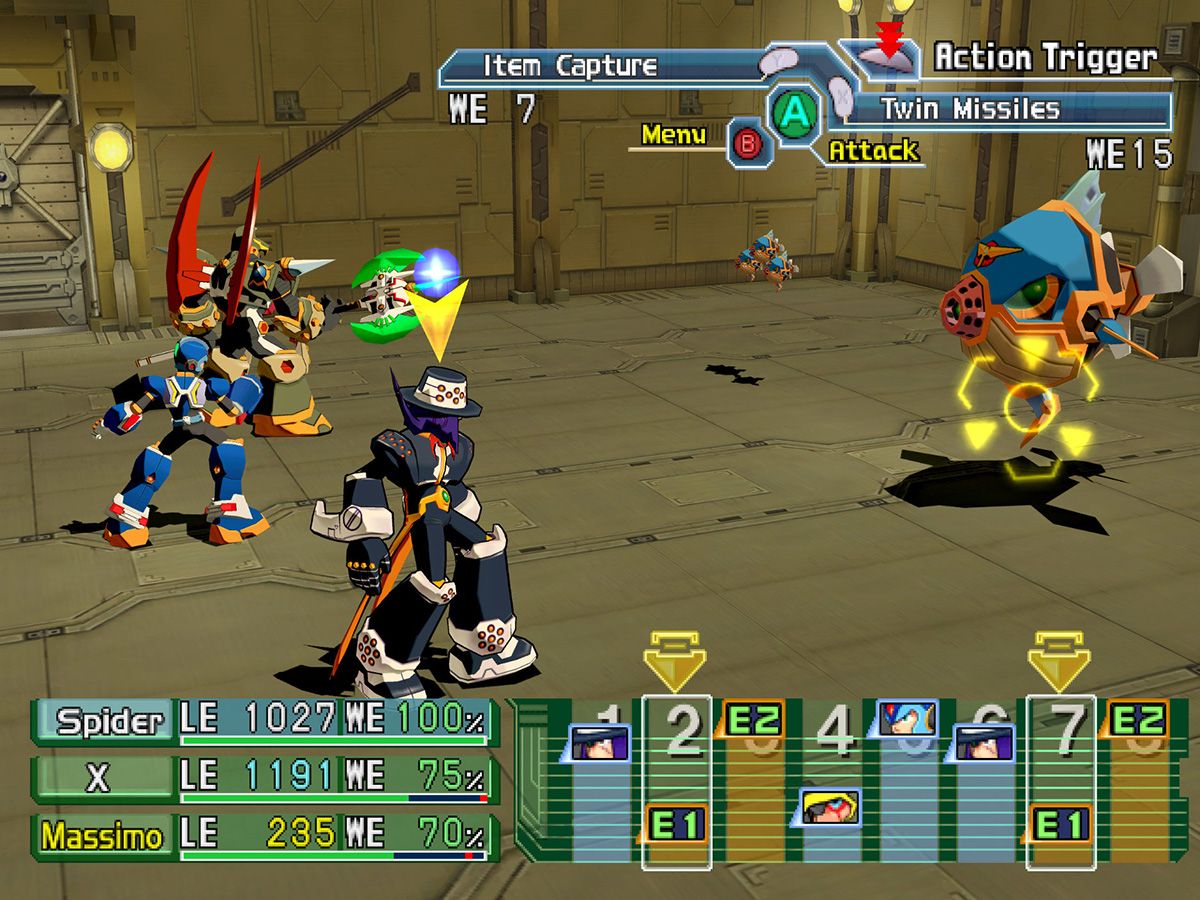
Mega Man X: Command Mission (2004; GameCube, PS2)
When you think "Mega Man," you probably don't think "turn-based role-playing game." But Mega Man X: Command Mission is easily one of the better games in the series, combining an affable cast of characters with a clever battle system and a gorgeous cel-shaded aesthetic. (Also: X has a scarf!) X, Zero and Axl team up with four brand-new heroes to take down the evil Epsilon and his band of Mavericks. The game deserves some credit for being the very first Mega Man X entry in which Sigma wasn't behind everything; the real orchestrator's identity is even more surprising.
Credit: Capcom
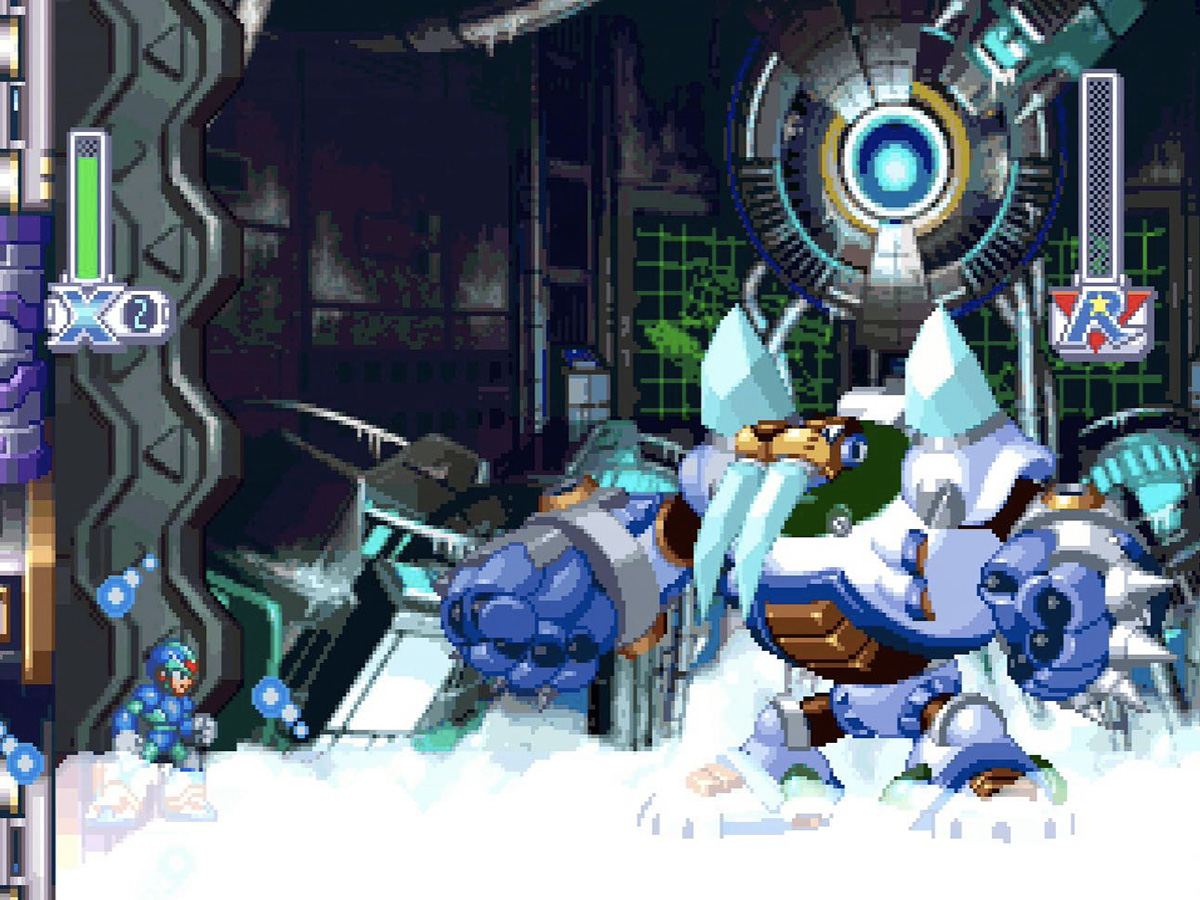
Mega Man X4 (1997; PS1)
Ever since Zero debuted in the first Mega Man X game, players have wanted to take control of the enigmatic red Reploid. He's got it all: the beam sword, the long hair and the tragic backstory. Mega Man X4 was the first time Zero got his own story mode, and it was everything fans hoped it would be. Squaring off against eight Maverick bosses, plus the malevolent Sigma himself, fans got to see Zero grow from a simple swordsman into a whirling dervish of destruction. His ill-fated romance with Iris, a traitorous supporting character, has also given us one of the internet's most enduring memes.Credit: Capcom
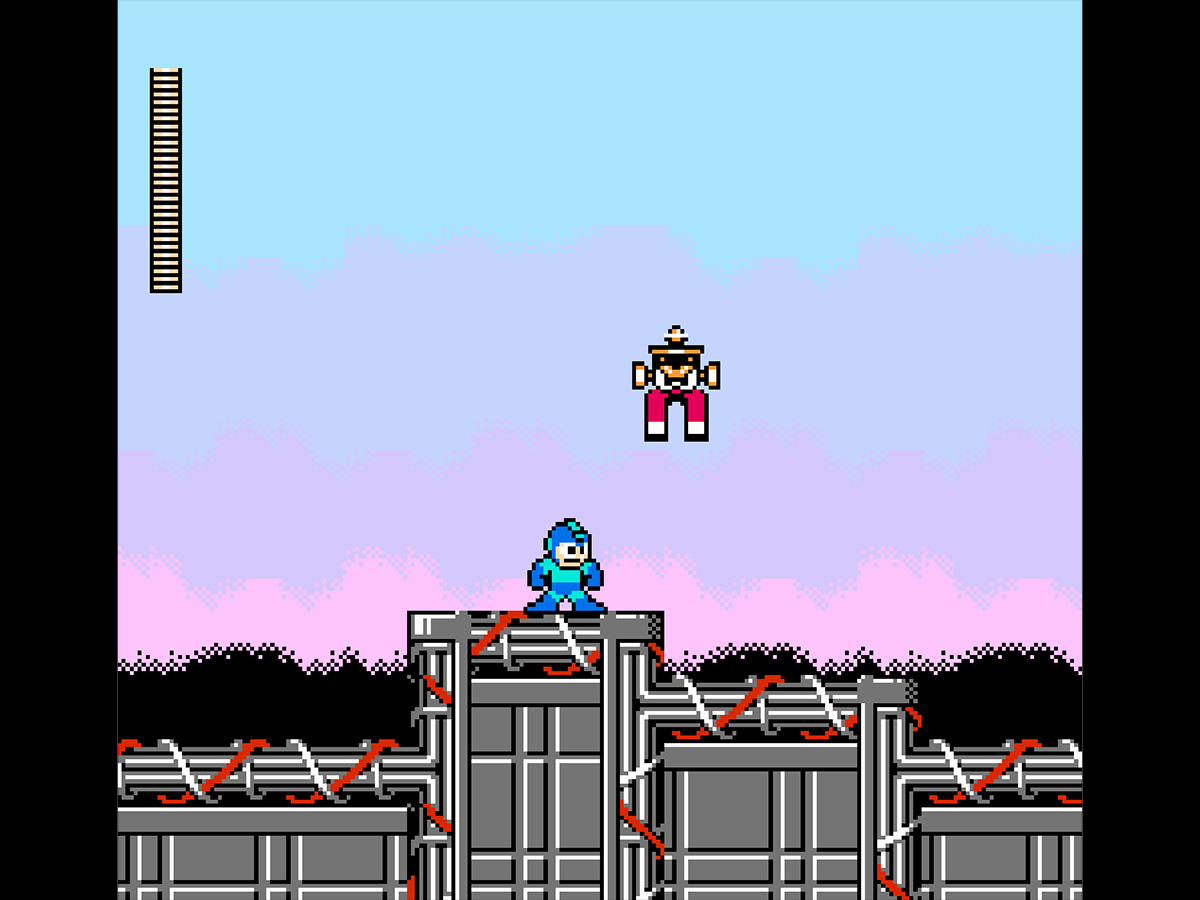
Mega Man 3 (1990; NES)
If Mega Man 3 isn't the very best Mega Man game, it's at least the most ambitious. Sure, you fight eight new Robot Masters, but you also meet Mega Man's trusty dog, Rush, and his antihero older brother, Proto Man. Mega Man 3 let the character slide for the first time and brought back the bosses from Mega Man 2 for a bonus round. With an unpredictable story, tight gameplay and a difficulty curve that kept kids glued to their screens for hours, fans still consider Mega Man 3 one of the high points of the series overall.
Credit: Capcom
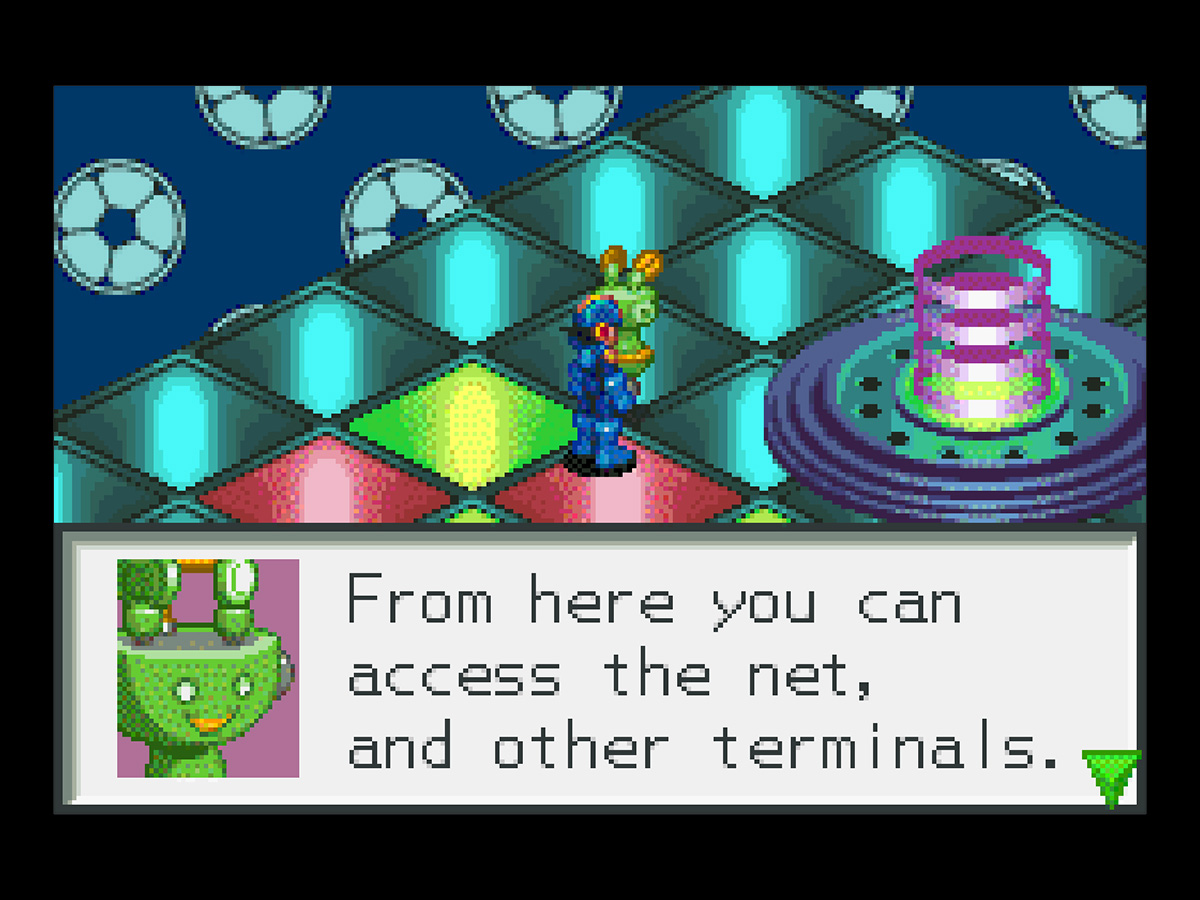
Mega Man Battle Network (2001; GBA)
Although Mega Man Battle Network doesn't have any direct plot connections to the main Mega Man series, it's still a thoroughly enjoyable spinoff. Lan Hikari is an internet-obsessed boy with a powerful avatar: MegaMan.EXE. Together, Lan and his online counterpart square off against a variety of Mega Man-themed enemies as they uncover the secrets of the antagonistic WWW network. Rather than being a straight-up action game, Mega Man Battle Network features strategic real-time battles that take place on a grid and rely on your equipment to determine the damage dealt. If you're looking for an easygoing, nostalgic role-playing game, you could do worse.
Credit: Capcom

Mega Man X (1993; SNES)
The Super Nintendo represented a huge increase in power over its predecessor, and Capcom wanted to take full advantage of that. Rather than simply continue the Mega Man storyline, Capcom decided to move the story forward 100 years and make a whole new subseries. Mega Man X teams up with a Maverick Hunter named Zero to take down Sigma, a corrupt android who views himself as a freedom fighter. With a varied array of animal-themed bosses, some clever new platforming abilities (including a dash and a wall jump) and a whole set of armor to upgrade, Mega Man X kicked off one of the very best Mega Man iterations.
Credit: Capcom
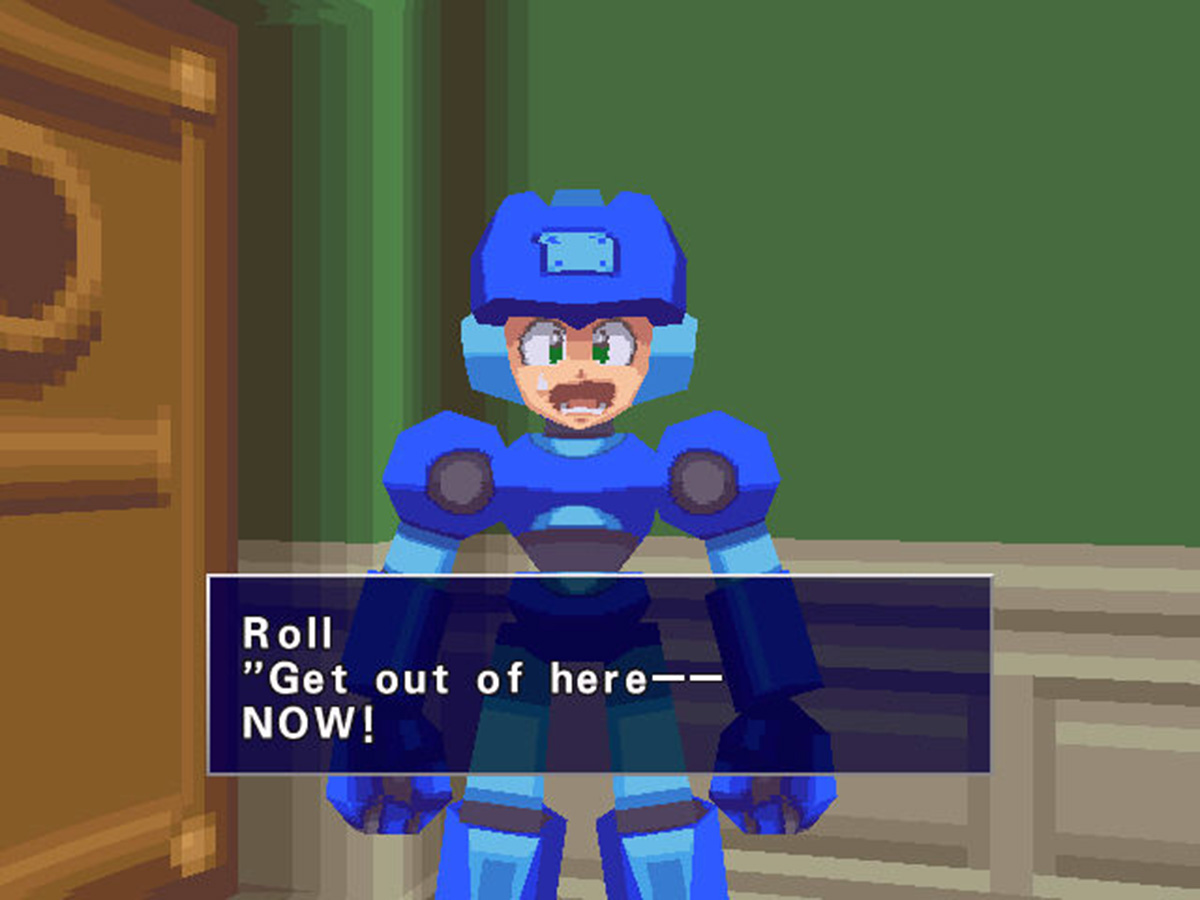
Mega Man Legends (1997; PS1)
After Super Mario went 3D in 1996, developers thought that every other platformer mascot character should follow. Capcom hedged its bets. Rather than make a traditional Mega Man game in a 3D setting, it opted for a spinoff instead. Mega Man Legends stars Mega Man Volnutt, a teenage boy in a futuristic world who uses his advanced armor and weaponry to take on a fleet of sky pirates. More of a fantasy adventure than a robotic romp, Mega Man Legends still featured a big world to explore and plenty of weapons to equip. Plus, it gave the world the immensely likable villain Tron Bonne.
Credit: Capcom
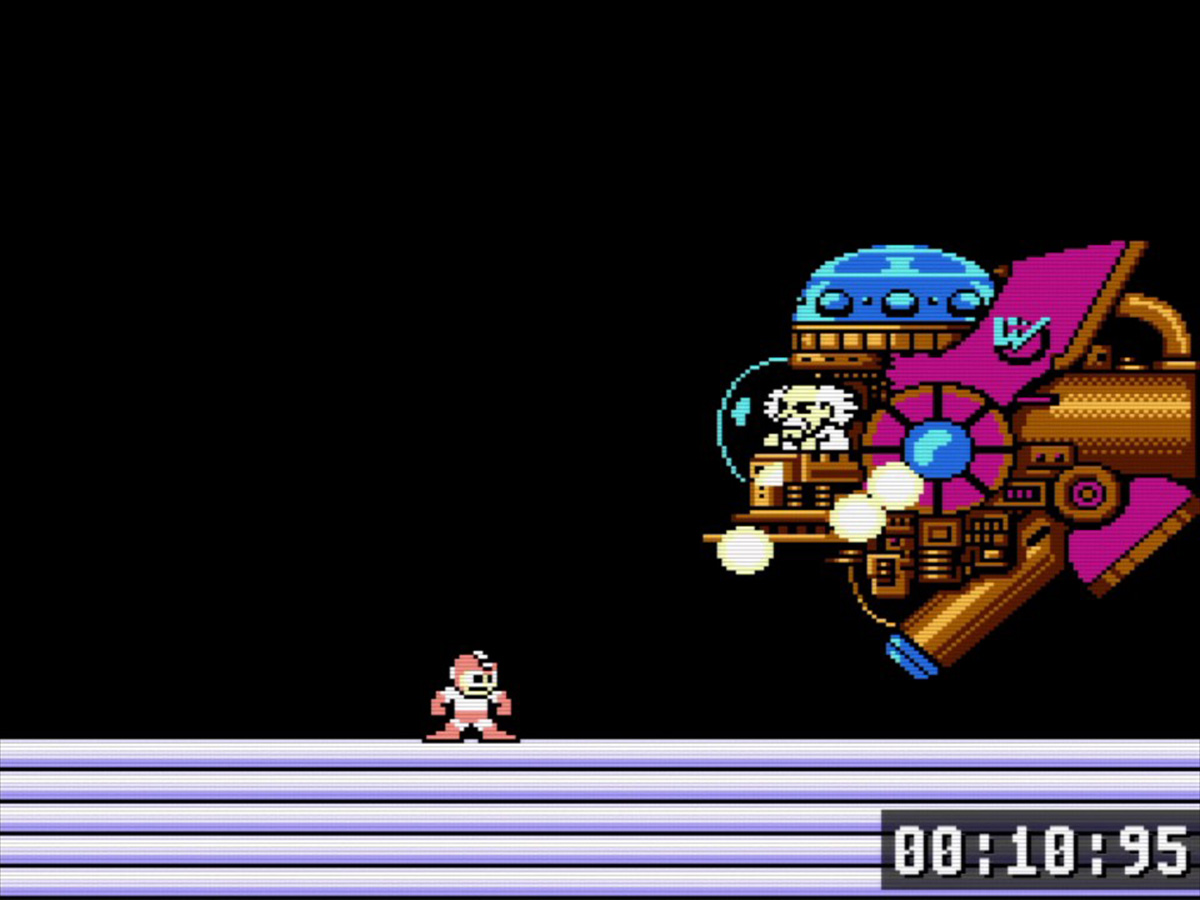
Mega Man 2 (1988; NES)
If fans remembered Mega Man 2 for nothing else, they would remember its music. You can find the agreeable chiptunes from Mega Man 2 covered in every conceivable format, from heavy metal to a cappella, and it's still a pleasure to listen to after almost 30 years. Apart from that, Mega Man 2 marked the first time that Mega Man squared off against eight Robot Masters (the first game had only six), and represented a huge leap forward in terms of level design and graphics. Beating Dr. Wily after five grueling stages is just as satisfying now as it was three decades ago — if you can do it.Credit: Capcom

Marshall Honorof is a senior editor for Tom's Guide, overseeing the site's coverage of gaming hardware and software. He comes from a science writing background, having studied paleomammalogy, biological anthropology, and the history of science and technology. After hours, you can find him practicing taekwondo or doing deep dives on classic sci-fi.
